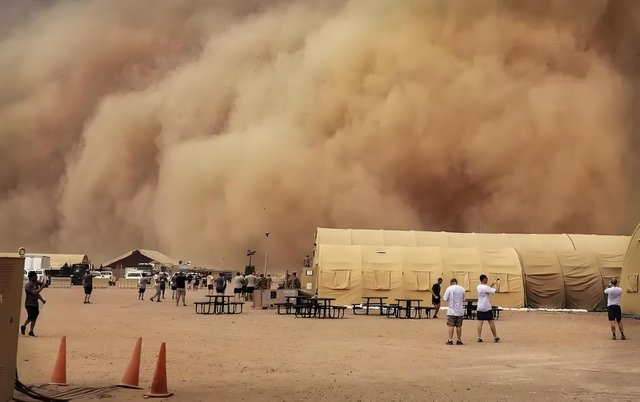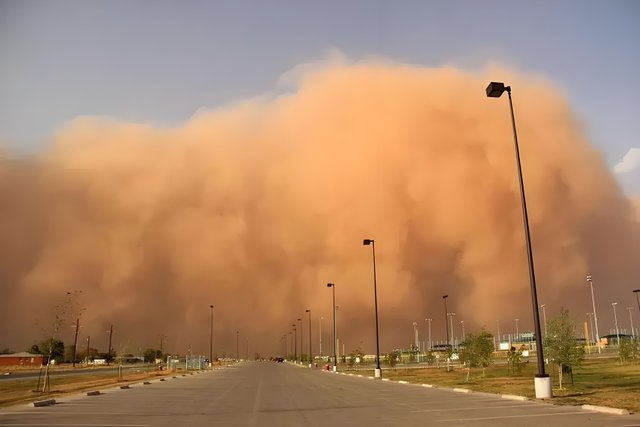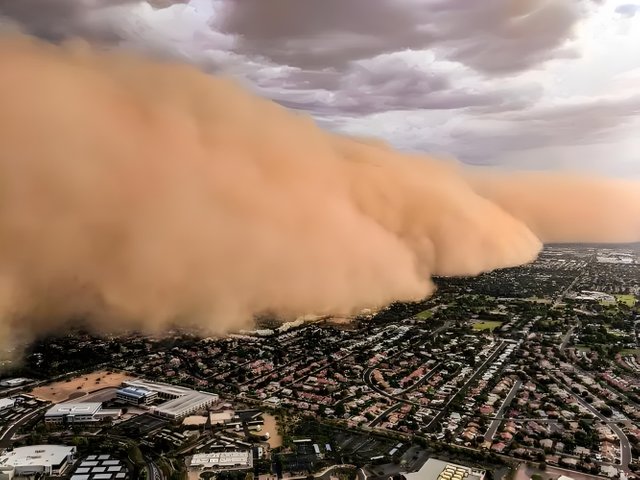A dust storm is a natural phenomenon that typically occurs in arid and semi-arid regions, especially in areas where the surface vegetation is sparse and the soil is susceptible to wind erosion. The formation of a dust storm requires several conditions:
- Arid or Semi-arid Climate: These regions have low precipitation, making the soil prone to drying out and lacking vegetation protection.
- Strong Winds: Often due to changes in weather systems, such as the passage of a cold front, which leads to an increase in wind strength.
- Surface Conditions: The surface soil is dry and loose, making it easy to be blown up by the wind.
- Topographical Factors: Certain terrains, such as the edges of deserts or valleys, may be more prone to dust storms.
When these conditions are met simultaneously, strong winds can lift the sand and dust from the surface, forming a dust storm. Dust storms can carry a large amount of sand and dust, affecting visibility and potentially having negative impacts on human health, transportation, and the environment. The scale of a dust storm can range from minor dust raising to large-scale dust storms covering hundreds of kilometers.


